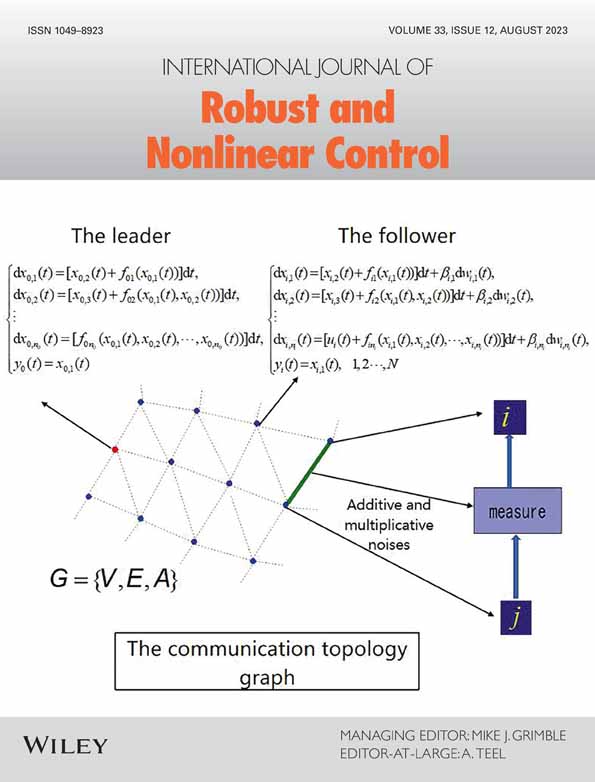An ellipsoid-based framework for fault estimation and remaining useful life prognosis
Abstract
In this paper, a novel ellipsoid-based framework for fault estimation and remaining useful life prognosis is presented. The fault is considered to be a slow-changing fault caused by actuator performance degradation. The proposed framework is divided into three steps: First, the actuator fault interval estimation is determined by combining observer design with ellipsoidal analysis. The fault estimation results allow to evaluate the system's current health condition and predict the remaining useful life based on the performance degeneration model. Since the model parameters are constantly changing, an ellipsoid-based extended Kalman filter is presented to estimate the parameters via the fault estimation results. Specially, a trace optimization method is proposed to design the filter gain matrix, which offers high computational efficiency. Finally, the future degradation states are predicted via the latest parameters until the failure thresholds are reached, which determines the remaining useful life interval prediction results. Numerical simulations are conducted to verify the viability and validity of the presented approach.
CONFLICT OF INTEREST STATEMENT
The authors declare no potential conflict of interests.
Open Research
DATA AVAILABILITY STATEMENT
The data that support the findings of this study are available from the corresponding author upon reasonable request.




